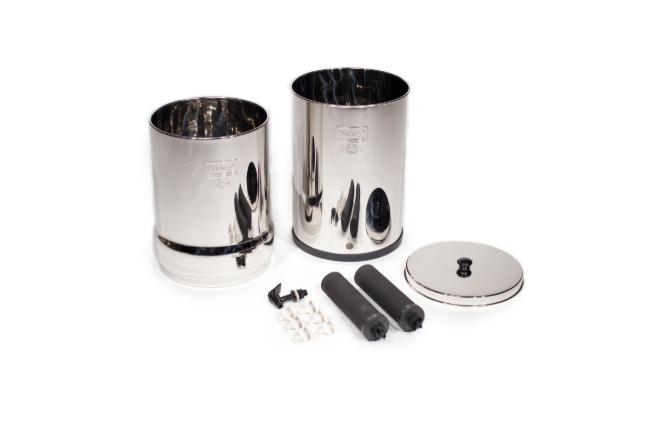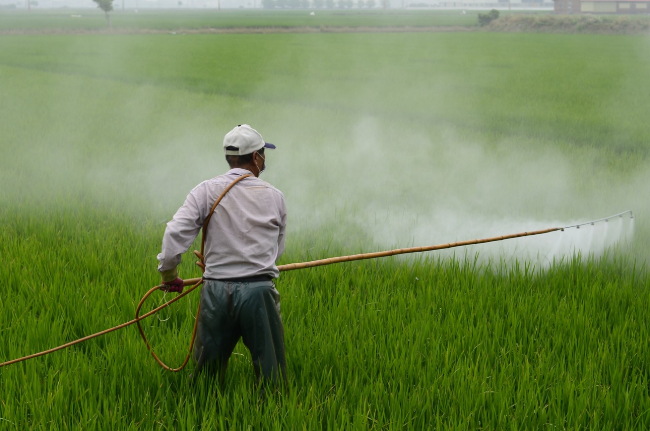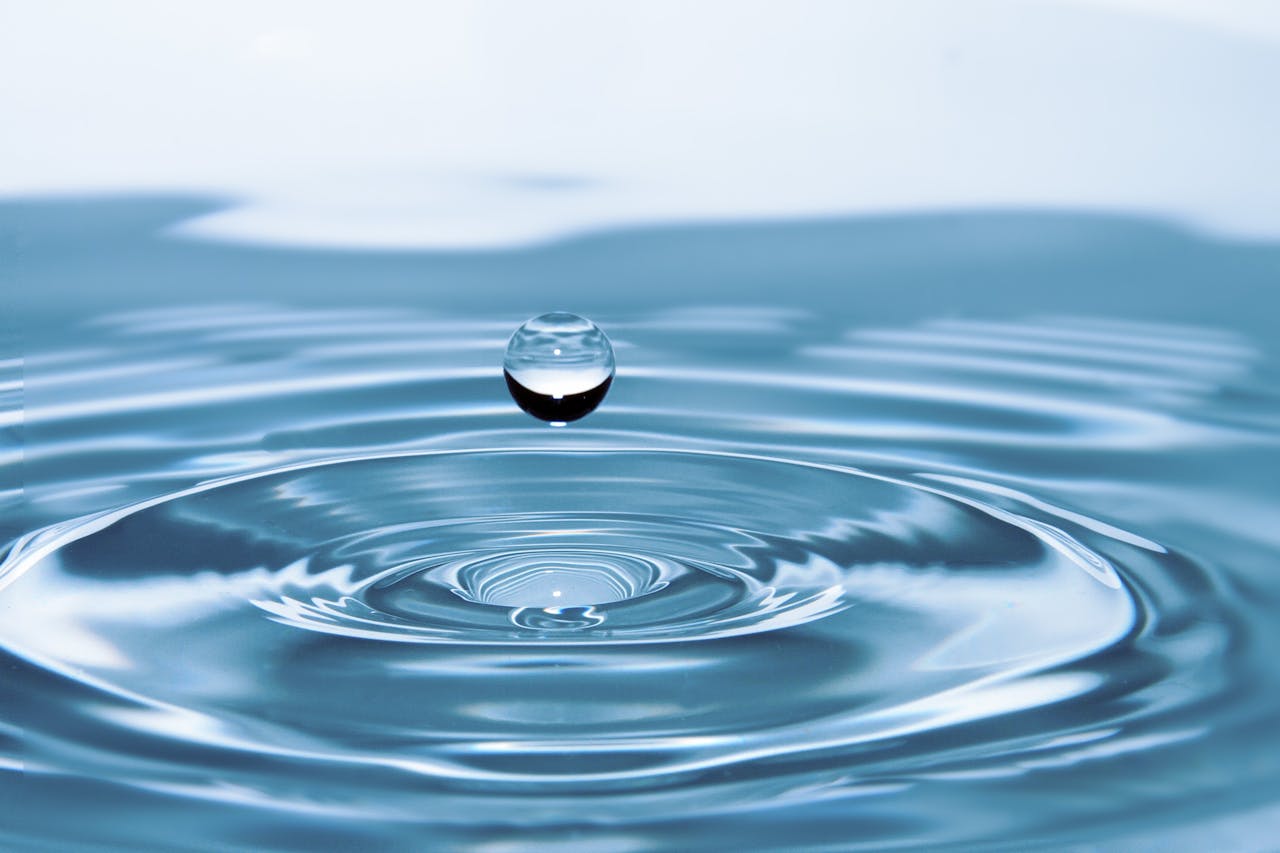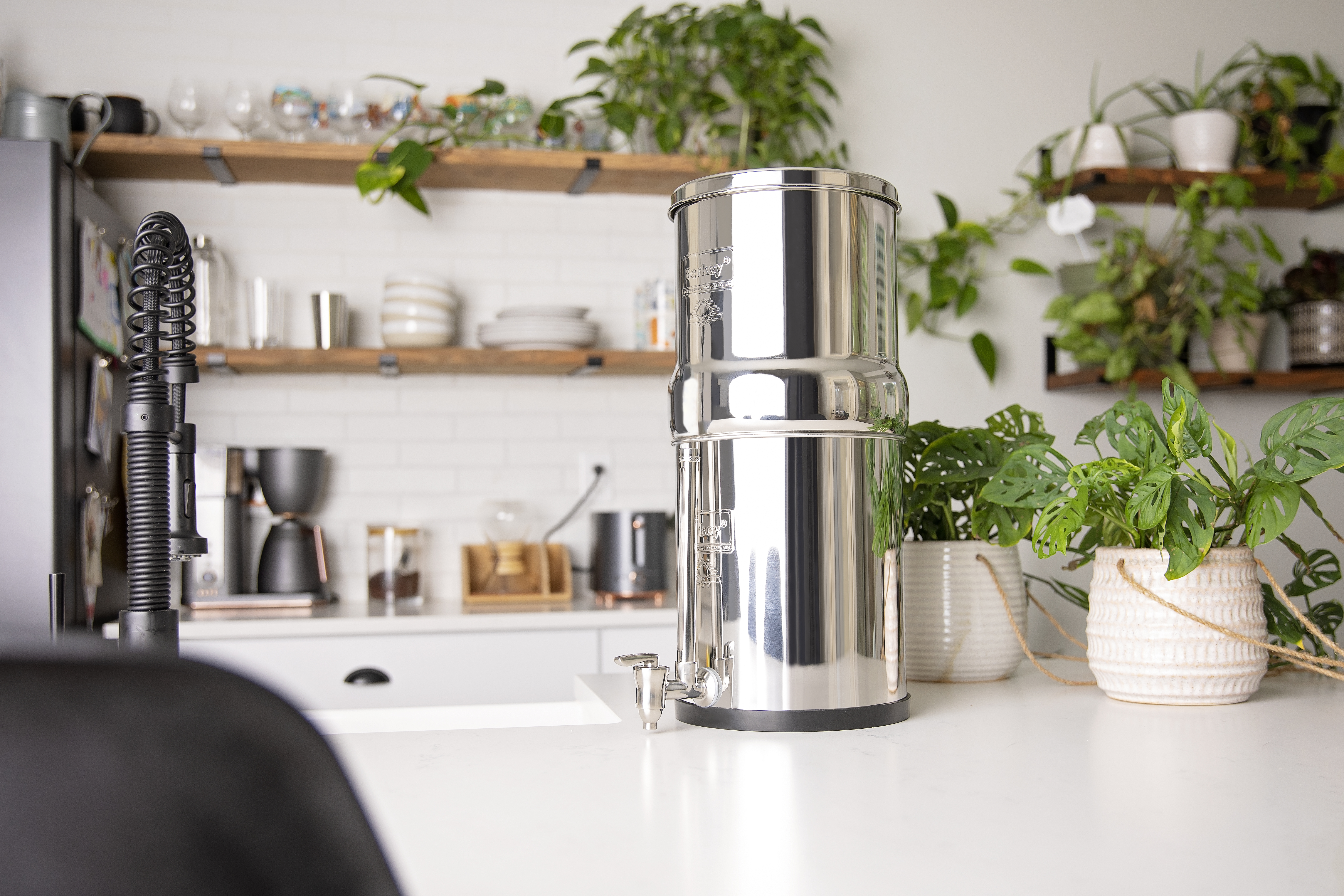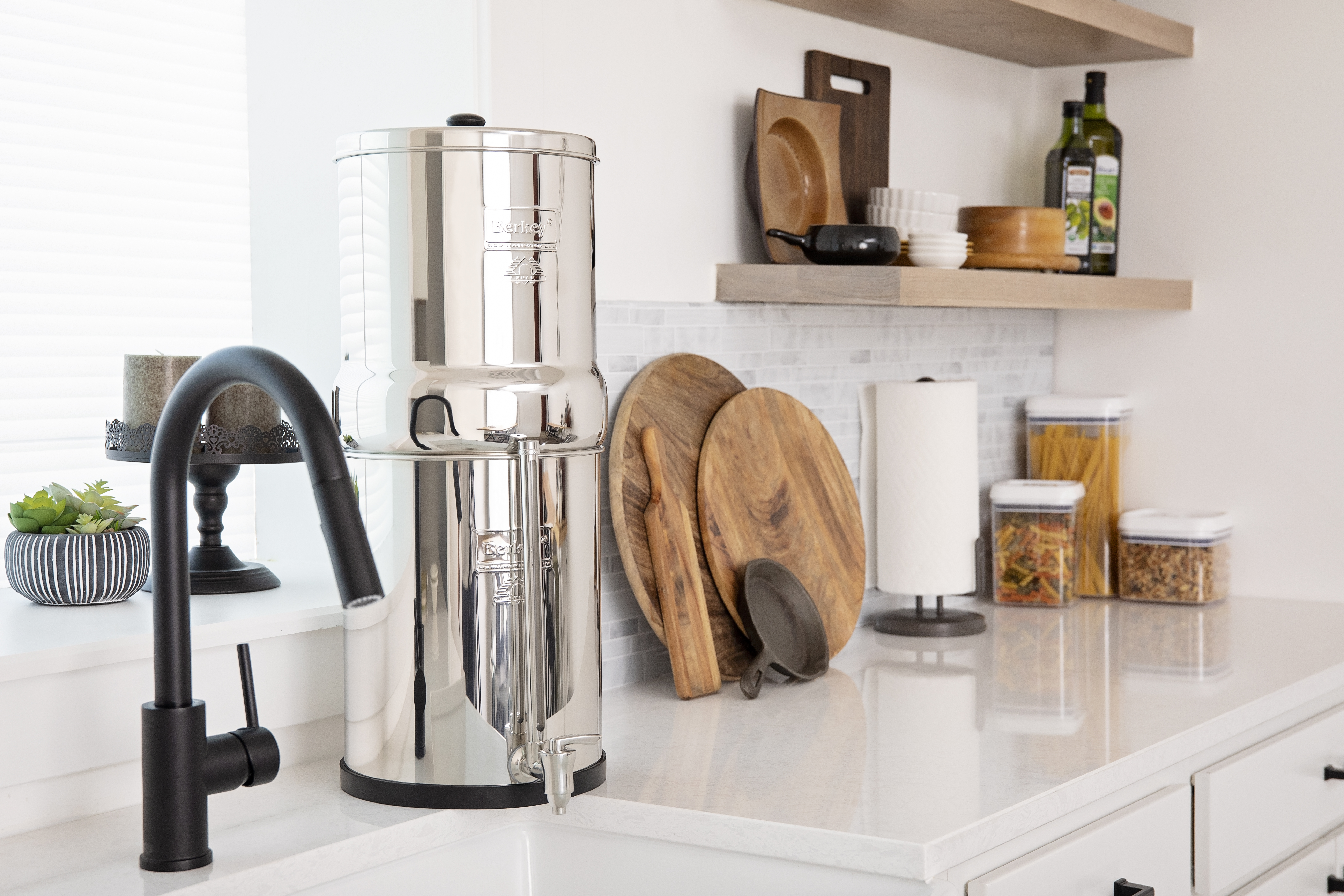Tap water can come from a wide range of sources, including surface water sources such as rivers, lakes, and reservoirs, or groundwater sources such as underground aquifers. Many different pollutants can get into natural water sources including pathogenic microorganisms, toxic algae, naturally occurring arsenic, heavy metals, pesticides, and other harmful chemicals.
So you may wonder if the tap water is bad for you and safe to drink? Let's find out!
Drinking Water Supplied by Public Water System Must Comply with EPA Drinking Water Standards
If we want to establish how safe is tap water to drink, we must understand where it comes from. Municipal tap water is treated and your water supplier must ensure that it meets minimum safety standards for drinking water set by the US Environmental Protection Agency (EPA) when it leaves the water treatment plant. However, potentially harmful residual chemicals such as chlorine and chloramine used to disinfect the water remain.
In addition, harmful pollutants such as microorganisms or lead can enter the water or leach from the pipes as the water travels through the water pipe network between the treatment plant and your home, resulting in water contamination. The EPA doesn't monitor the quality of the water that flows out of your taps, it only monitors water at the treatment plant and at various points along the distribution network.
So, given this, can we assume that it is safe to drink tap water? Not really. Exposure to primary (harmful) contaminants in our drinking water can lead to health issues ranging from diarrhea, reproductive problems, developmental problems, neurological disorders, and even cancer, so it's best to take some preventative measures to protect yourself against potentially harmful pollutants. Secondary drinking water contaminants, while not necessarily harmful, can make your water smell or taste bad.
How do you Know if Your Tap Water is Safe to Drink?
In order to know whether your home's tap water is safe to drink, you need to know what is in it. Once you know what contaminants you are dealing with, you can take the appropriate steps to remove them before you drink the water. For example, Berkey water filtration systems fitted with Black Berkey filter elements are capable of removing over 200 common water contaminants, but they don’t remove fluoride. If high fluoride levels are a concern, you will need to opt for a Black Berkey element and PF-2 combo and add a set of PF-2 Fluoride and Arsenic filters to the lower chamber of your Berkey.
Some ways of determining what is in your tap water include:
- Check the EPA’s online drinking water tools for known water quality issues in your area.
- Ask your local water utility to provide you with an annual Consumer Confidence Report detailing the water quality parameters of the water they supply you. The EPA’s online mapping tool is a helpful resource to locate the online water quality reports for your area. You may also find the CDC guide to interpreting this report useful.
- Conduct an online search for information on a specific contaminant of concern, such as lead or chromium-6. The Environmental Working Group, which has a searchable tap water database detailing water quality across the US, is an excellent source of information on water quality issues.
- Test your water. In order to know exactly what's in your water, get a water sample tested by a reputable laboratory.
If you discover that your water contains substances that you would rather not consume, don’t panic. This is useful information, as you now know what contaminants you need to target and can implement measures to limit your exposure to these nasties.
Can Boiling Water Remove Contaminants and Make Tap Water Safe to Drink?
A question that often is asked is “If I boil water, is it safe to drink?” The answer to this is... yes and no. It depends entirely on what contaminants are in your water. While boiling tap water will kill harmful pathogenic microorganisms that can cause disease, it will not remove other harmful contaminants such as heavy metals. In fact, boiling water can make these contaminants more concentrated as the water evaporates as steam.
Is Tap Water Safe for Pets?
If you are confident that your tap water is safe for human consumption, then by all means give it to your pets. If, however, you are concerned about what’s in your water, you may want to think twice before giving it to your furry friends to drink.
While dogs may have a tougher constitution than humans, as mammals, they are still susceptible to many of the same health issues that humans are when exposed to harmful pollutants. Cats are far more delicate and are also particularly finicky about what they consume. If water doesn’t taste or smell very good, your feline friend is likely to drink less than they should, which is also not healthy. It is safer to give your pets filtered water, as filtering your pet’s water has many benefits.
Are there Any Health Risks Associated with Drinking Hot Tap Water?
Another common question we often hear is: "Is hot tap water safe to drink?" No, it is not safe to drink hot tap water. You should never use water from the hot tap for drinking, cooking, or making baby formula as hot water dissolves lead more rapidly than cold water and consequently may contain higher levels of lead.
Is Bottled Water Safer than Tap Water?
Bottled water is often the go-to standby during a water crisis, and while this may be a safer option than tap water, very often this is not the case. While some brands of bottled water source their water from gurgling mountain springs located high up in the mountains, others simply fill their bottles with filtered tap water.
Consequently, the quality of bottled water varies considerably between brands. The plastic bottles that bottled water is packaged in can leach BPA into the water, and tests have shown that bottled water also contains high levels of microplastics, which pose health risks of their own. You can learn more about how tap water compares with bottled water here.
Can a Home Water Filter Remove PFAS and Other Contaminants in Your Tap Water to Produce Safe Drinking Water?
Taking all this into account, you may be wondering: can the problem be alleviated by filtering tap water? The answer is, fortunately, yes!
A Berkey water filtration system fitted with Black Berkey filter elements can remove most common drinking water contaminants out there to high levels, rendering your water safe to drink. These water filters can remove over 200 drinking water contaminants, including sediment, pathogenic microorganisms, taste and odors, pesticides (which are now widespread in US tap water), and other harmful chemicals such as PFAS, heavy metals such as lead, pharmaceuticals, and more, offering an excellent investment in your family’s health.
Is Tap Water Safe to Drink: Frequently Asked Questions
Is tap water actually safe to drink?
Water supplied by a public drinking water system must comply with EPA safety standards for drinking water and must meet certain safety criteria before leaving the water treatment facility. However, the maximum level limitations set for many common drinking water contaminants are higher than what many consider safe. Even though the water has been treated, contaminants can still enter through the leaching of pipes or if a pipe is damaged or breaks. In addition, long-term exposure to high levels of chemical disinfectants such as chlorine used during the treatment process poses health risks.
How to know if tap water is safe to drink?
The best way to know whether your tap water is safe or not is to take a sample to a reputable lab for testing. They will give you a report listing any contaminants you need to be concerned about. You can also get a Consumer Confidence Report (CCR) which will provide information on what is in your water and at what levels.
Do you really need to filter tap water?
Filtering tap water with a high-quality filter capable of removing a wide range of drinking contaminants will limit your exposure to harmful contaminants and ensure you are consuming water that is safe to drink.

